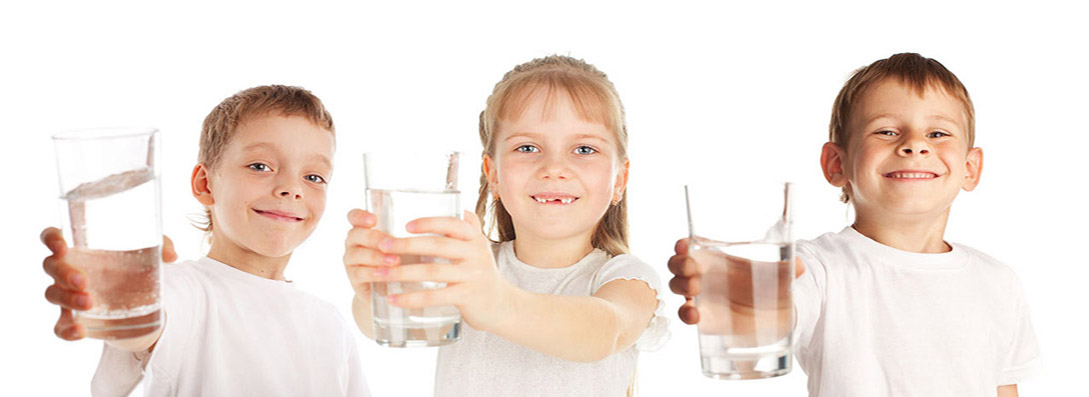Food grade hypochlorous acid VS sodium hypochlorite bleach
The National Health Commission recently released the "Diagnosis and Treatment Plan for Pneumonia Infected by Novel Coronavirus (Trial Fifth Edition)" (hereinafter referred to as the "Plan"). The plan clearly states that the new coronavirus is sensitive to ultraviolet light and heat, and most disinfectants can effectively inactivate it. Virus. 56°C for 30 minutes, ether, 75% ethanol, chlorine-containing disinfectants, peracetic acid and chloroform and other lipid solvents can effectively inactivate the virus, but chlorhexidine cannot inactivate the virus.
Let’s talk about alcohol first. You will be more familiar with it than 84 disinfectant, because when you go to the hospital, the most common thing nurses inject and apply is alcohol. Needless to say, its disinfection and sterilization effect is true, but 75% alcohol can easily catch fire if not used carefully, and You cannot take it with you on high-speed trains or airplanes, and it is even more dangerous if you redeem it yourself. The use of alcohol is different. You must not spray it directly but wipe it, so it is limited to daily use.
84 Disinfectant is a disinfectant with sodium hypochlorite as its active ingredient. The strong oxidizing properties of sodium hypochlorite can kill germs and bacteria on the surface of general objects. The effective chlorine content is 1.1%~1.3%, which can kill intestinal pathogenic bacteria, pyogenes and bacterial spores. It is suitable for the disinfection of general object surfaces, white clothes, and hospital contaminated items. For example, this new coronavirus can be killed. After spraying on homes or residential properties, there will be an obvious irritating smell and it is toxic.
Hypochlorous acid is an oxygen-containing acid of chlorine element with the chemical formula HClO. It only exists in solution. The concentrated solution is yellow and the dilute solution is colorless. It has a very pungent, chlorine-like odor and is extremely unstable. It is a very weak acid, weaker than carbonic acid and comparable to hydrogen sulfuric acid. Hypochlorous acid also has a strong bleaching effect, and its salts can be used as bleaching agents and disinfectants.
The difference between hypochlorous acid and sodium hypochlorite
They are very similar in name, but are completely different substances and are often mistakenly thought to be the same. Japan, the United States and other countries have conducted a number of comparative experiments on hypochlorous acid (HClO) and sodium hypochlorite (NaClO). Although they appear to have similar bactericidal effects, the bactericidal mechanisms and bactericidal effects vary greatly in practical applications.
1. Sodium hypochlorite (84 disinfection): High-concentration diluent is widely used in bleaching cloth, environmental disinfection, water treatment and food processing industries, etc. However, sodium hypochlorite causes corrosion of metal equipment, affects the taste of food and is irritating to human mucous membranes. , Allergenicity is a big problem. And there is another serious problem, that is, when sodium hypochlorite comes into contact with organic matter, it will produce chloroform, a strong carcinogen, which will remain in food and cause health risks. To remove odors and trihalomethanes, a large amount of purified water needs to be used for flushing, which will increase production costs. 84 Disinfection This type of sodium hypochlorite is often touched with hands, and the palms sweat a lot, the nails become thinner, the hair falls off, and it has a sensitizing effect. The chlorine gas released may cause poisoning.
Although the use scenarios of 84 Disinfection Night described above include tableware, fruits and vegetables, there is no standard for self-proportioning. It is difficult to control whether there is too much or too little, and safety is difficult to guarantee.
2. Hypochlorous acid (food grade): The sterilizing ability of hypochlorous acid (HClO) is 80 times higher than that of hypochlorite ion (ClO-). Therefore, since the hypochlorous acid solution has a high hypochlorous acid molecule abundance ratio, it exhibits a much higher bactericidal effect than sodium hypochlorite.
The most important characteristic of bacterial spores is their strong resistance to high temperatures, ultraviolet rays, dryness, ionizing radiation and many toxic chemicals. They are the most powerful among bacteria, such as anthrax and botulinum toxin. Used in germ weapons. Hypochlorous acid with an effective chlorine concentration of 30ppm can kill bacterial spores. If it reaches 57ppm, all spores will be killed in 3 minutes. After testing, sodium hypochlorite, benzalkonium chloride, alcohol, etc. are ineffective against bacterial spores.
The following data and text are from relevant research reports of the Ministry of Health, Labor and Welfare of Japan.


Application
Contact Us

Name: Diana
E-mail: [email protected]
Skype: +86-15-22-27-71-011
WeChat: +8615222771011
Whatsapp: +8615222771011
Add: Office N.420D-C1 Tower Ajman,UAE









 Skype Chat
Skype Chat WhatsApp
WhatsApp  Mail inquiry
Mail inquiry
